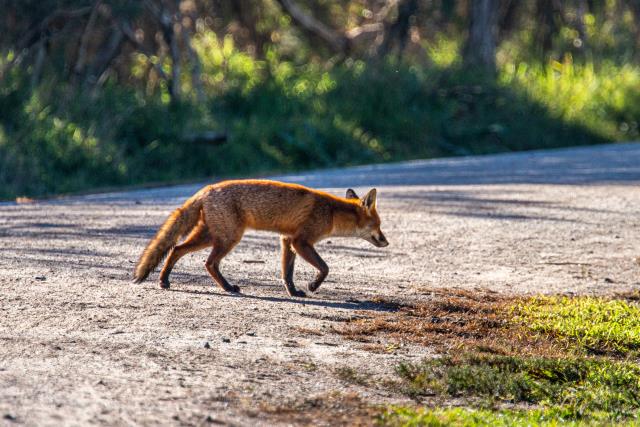
FOX scalps from the Limestone Coast accounted for 90 per cent of the total number of scalps collected from around South Australia in the first round of the State Government’s bounty program.
Almost 2,500 fox scalps have been collected from South Australian farmers; 2177 of them from the Limestone Coast.
This follows the announcement in August of a $220,000 program providing a $10 payment for each fox destroyed to help cull the pest and further support drought-affected farmers.
Recently, Minister for Primary Industries and Regional Development David Basham said the first round of scalp collections across nine regional centres netted almost 2,500 scalps.
“Foxes prey on newborn lambs, calves, kid goats and poultry and every pest fox which we can remove is a preventative measure for our farmers,” said Minister Basham.
“In total there were 2,429 scalps brought in from a total of 33 claimants for the first round and we expect the numbers to grow when officers hold more collections across our regions.
“Returns were varied across the state with the Limestone Coast region having the most fox scalps.
“The feedback in most areas was that many people are collecting scalps and we expect to see a strong return across the state at the next round of collection days.
“Government recognises the importance of biosecurity, including feral pest control, and that’s why we are running multi-faceted programs to bring down populations of foxes.”
The collection day for the first round of the bounty program in the Limestone Coast was held at Lucindale on October 21.
The next is expected to be at the Lucindale Field Days in March next year.
Livestock producers who have a Property Identification Code (PIC) are eligible to claim the bounty for each scalp taken to a collection point.
A minimum of 10 scalps and a maximum of 100 scalps per property can be claimed per collection day. Each property may claim up to a maximum of 300 scalps per year.
Farmers may enter into their own arrangements with professional and recreational shooters, but the person who claims the bounty at the collection day must be the holder of a PIC.
The fox bounty, which is running in addition to baiting programs to combat the feral pest, will be available for two years, or until funding runs out.
Limestone Coast Landscape Board (LCLB) Operations Manager, Mike Stevens said the scalp results reflect that the Limestone Coast is a productive part of South Australia and highlights that pest control requires continual effort.
“It is great landholders and the community are supportive of new ways to control fox populations in our region, complementing the current baiting and control programs provided by the Limestone Coast Landscape Board,” said Mr Stevens.
“The fox bounty program provides another control tool to help reduce the fox population and provide a benefit to primary producers and native wildlife.
“The bounty has provided a great incentive for landholders to achieve additional fox control and expand their control efforts into new areas.”
Mr Stevens said a combination of control measures is the most effective.
“Particularly teaming up with your neighbours in a coordinated program using a variety of fox control methods, such as ground shooting, baiting and fumigation of dens,” he said.
Last financial year, the LCB sold 30,120 fox baits and 5948 meat baits.
Foxes are a declared pest animal and it is the responsibility of landholders to control foxes on their properties.
For more information, advice, baiting tool hire and supply, or for help organising a cooperative fox baiting program, contact the LCLB in Mount Gambier on telephone number 8735 1204.







